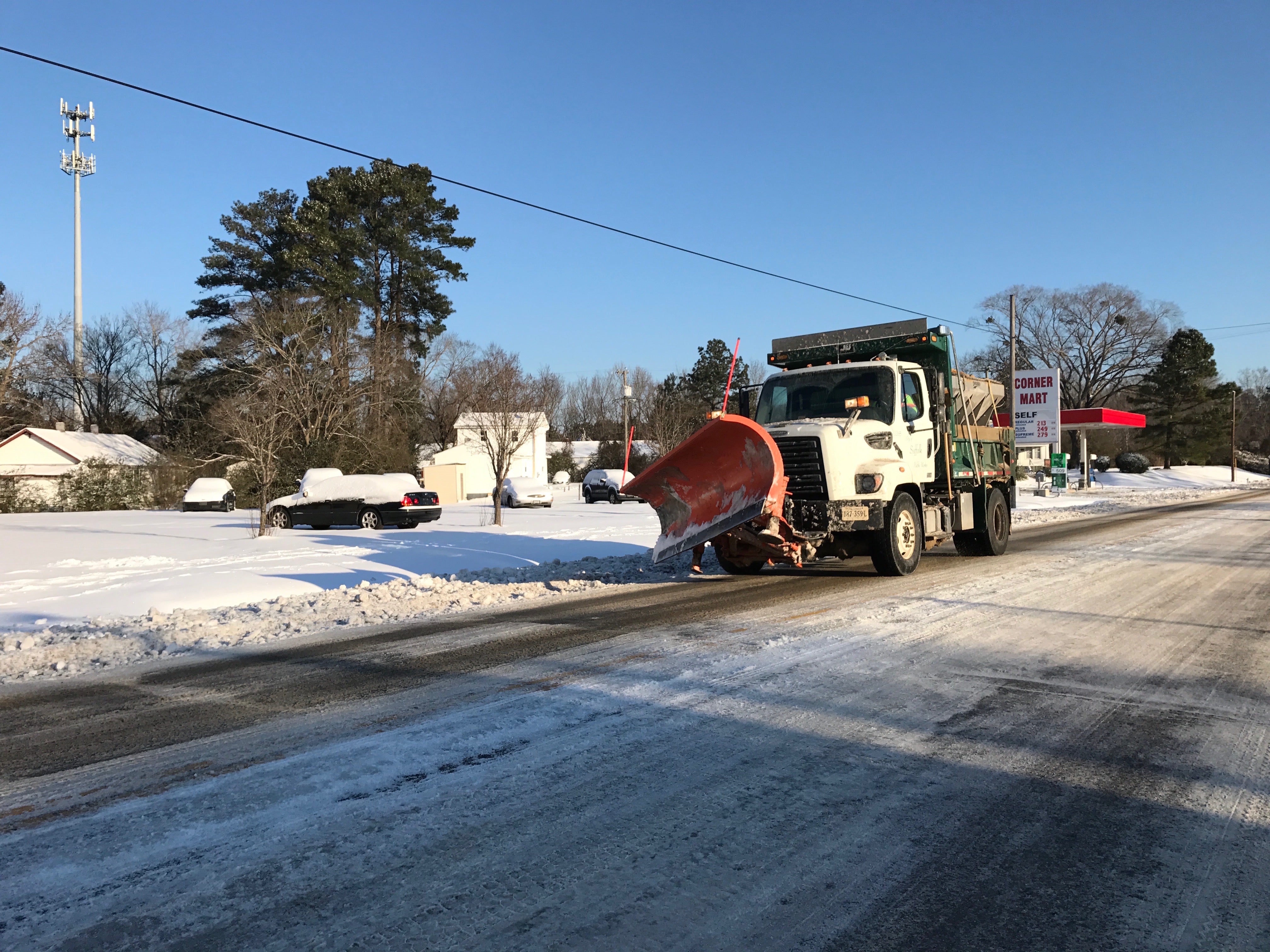East Suffolk School named to national register
Published 12:00 am Saturday, August 16, 2003
Suffolk News-Herald
East Suffolk School still makes the grade.
For decades the only school in Nansemond County for blacks to attend, the campus of one-story brick buildings is one of five sites statewide named last week to the National Register of Historic Places. It was only one in Suffolk.
The complex at 231 S. Seventh St. was named to the Virginia Landmarks Register in December 2002.
Ross Boone, president of the East Suffolk Alumni Association, applauded the move.
&uot;It’s a singular honor that is long past due,&uot; said Boone, a 1961 graduate. &uot;This is right. It’s late but it’s right.
&uot;Everyone who attended or graduated form East Suffolk has a sense of pride for the school. It was the home of the Wolverines.&uot;
The alumni association will continue working with city leaders and legislators to acquire funding to renovate the buildings, he said.
&uot;We want to make sure this property is brought back to life,&uot; Boone said. &uot;That is a goal of City Council. This designation is critical to accomplishing that goal.&uot;
Marc C. Wagner, architectural historian and national register manager with the state Department of Historic Resources, agreed.
Being added to the national register will enable the city to take advantage of state and federal tax credits for renovation work, Wagner said. These tax credits are key to funding the ongoing restoration that is turning Suffolk High School into a cultural arts center.
Being on the both the state and national registers also gives the historic resources department the authority to review any major construction projects, such as road construction or gas line installations, that could negatively impact the site, Wagner said.
What eventually grew into a five-building complex started with the 1927 opening of east Suffolk Elementary School. More than a decade later, in 1939, East Suffolk High School opened its doors.
The schools were followed by an agriculture building and a home economics building in 1941 and 1956 respectively. Both of those buildings were razed in the late 1980s.
Another small house on the site was home for a live-in custodian, said Boone.
The last class of students graduated in the mid 1960s, after the opening of the former John F. Kennedy high School.
The addition of East Suffolk to the city’s growing number of state- and federally recognized properties is important in the city’s black community, Wagner added.
&uot;It means a diversity of resources,&uot; he said. &uot;It’s important to highlight sites of African- American importance in our communities.&uot;



